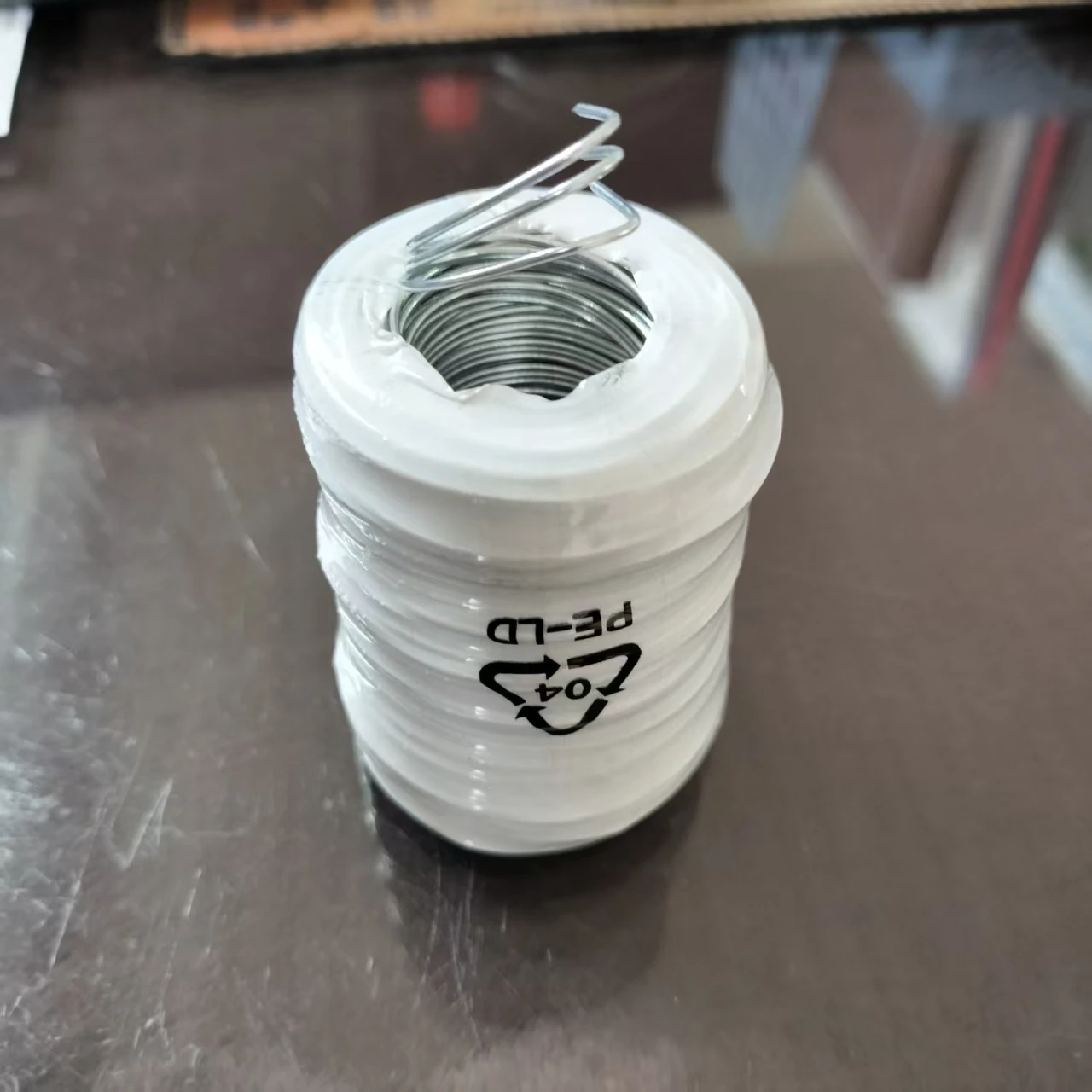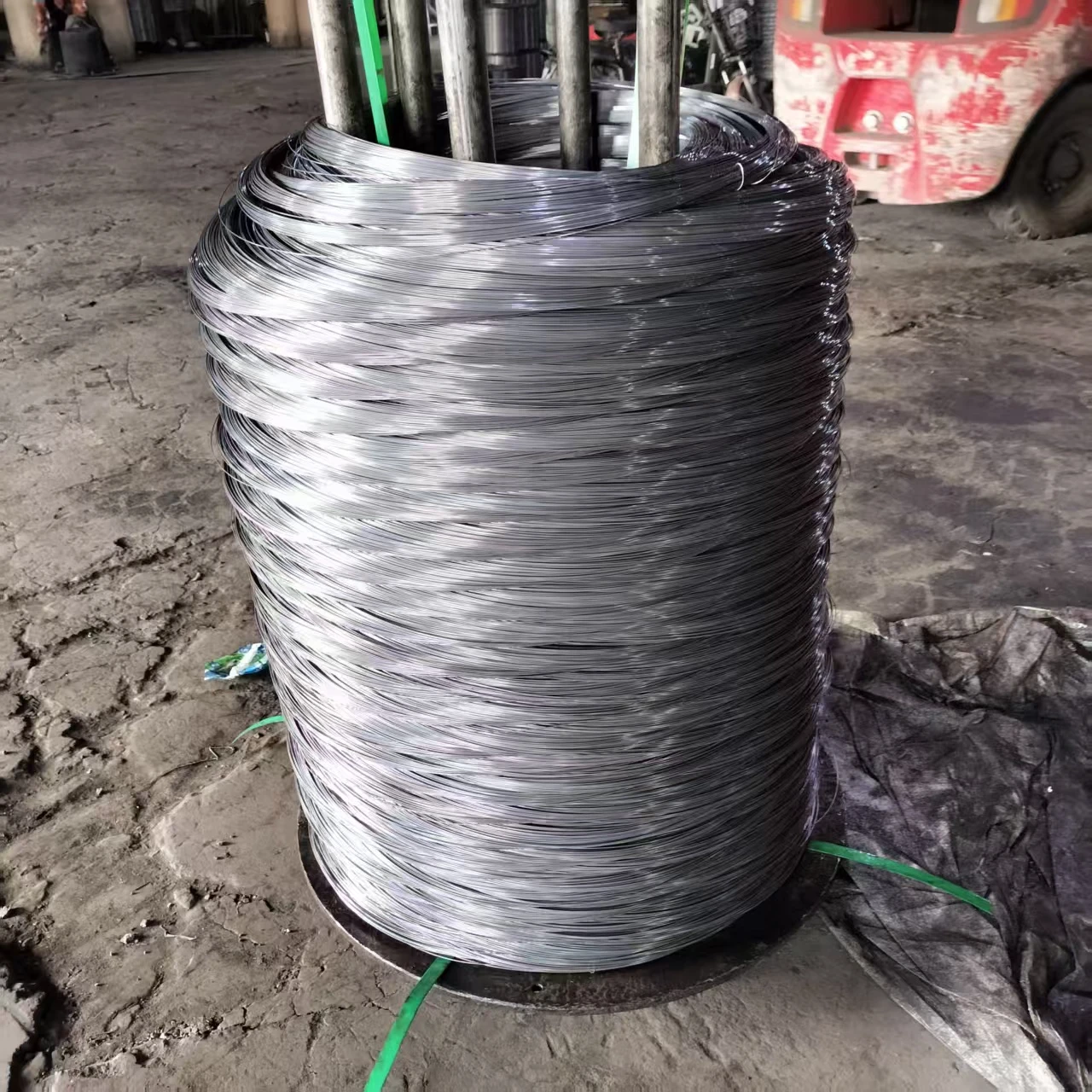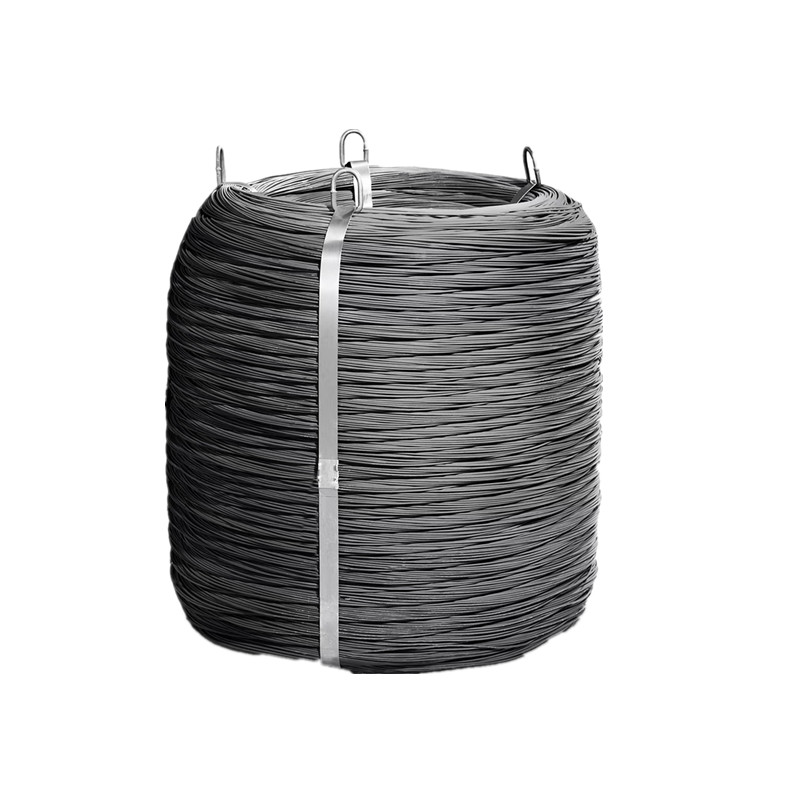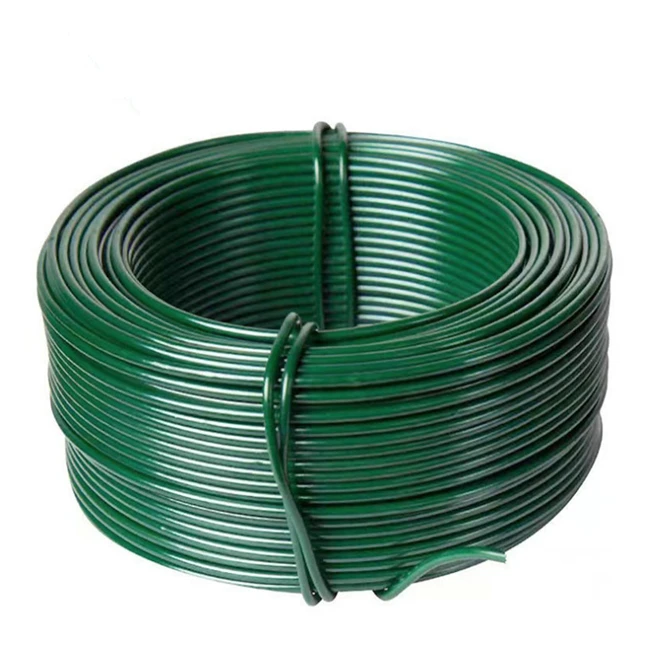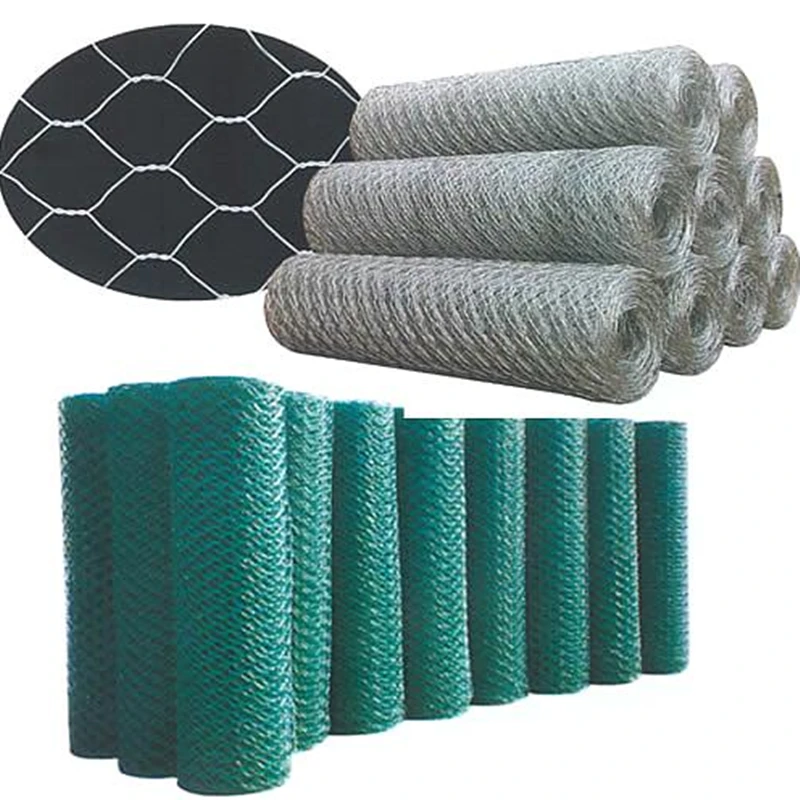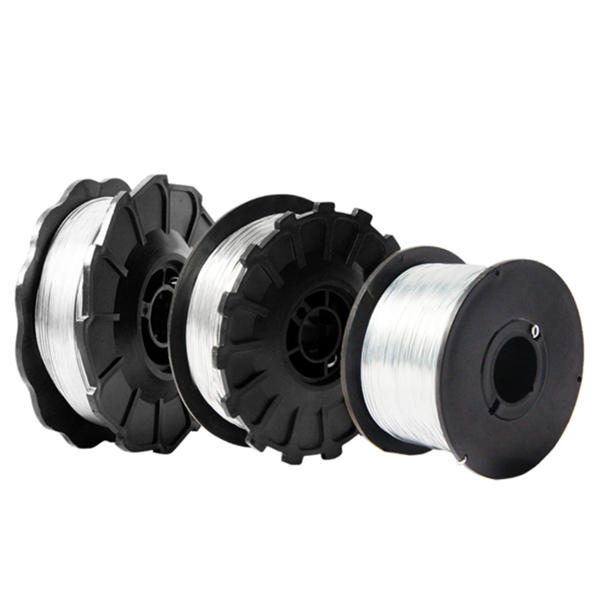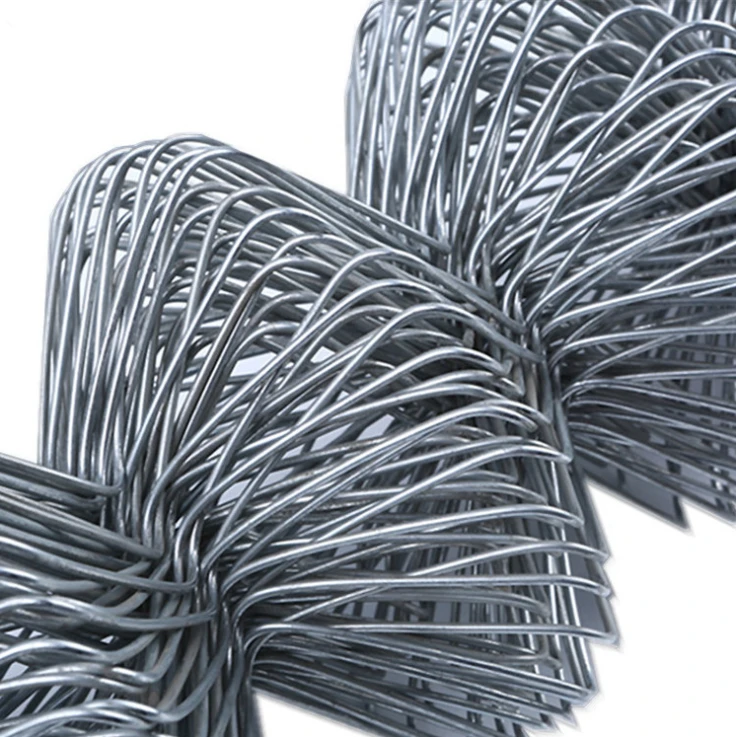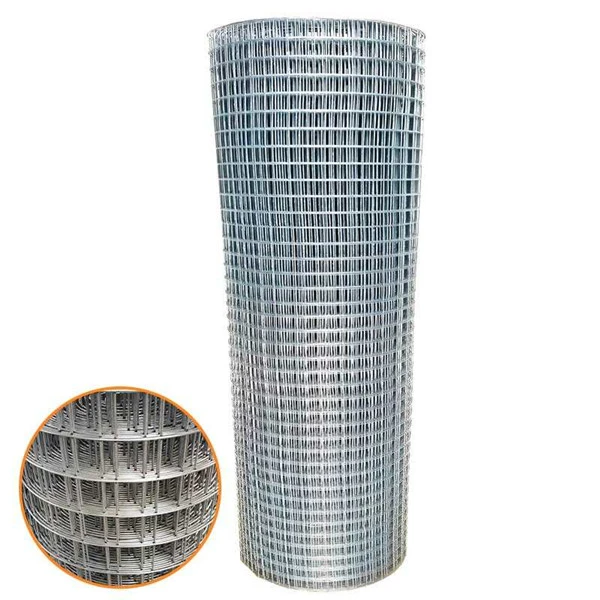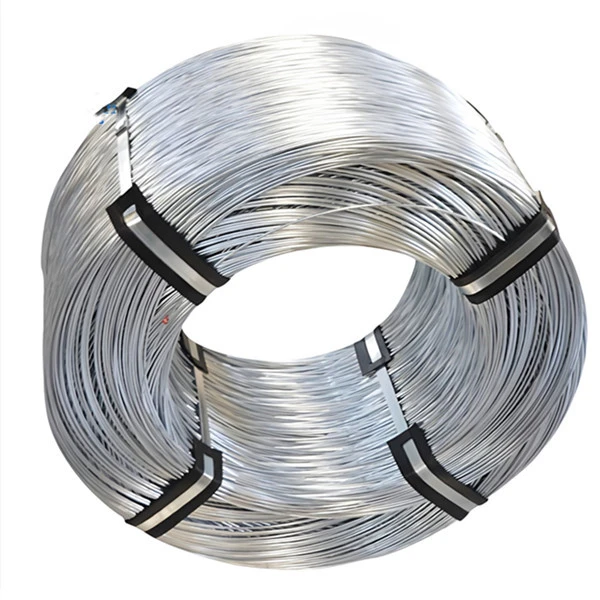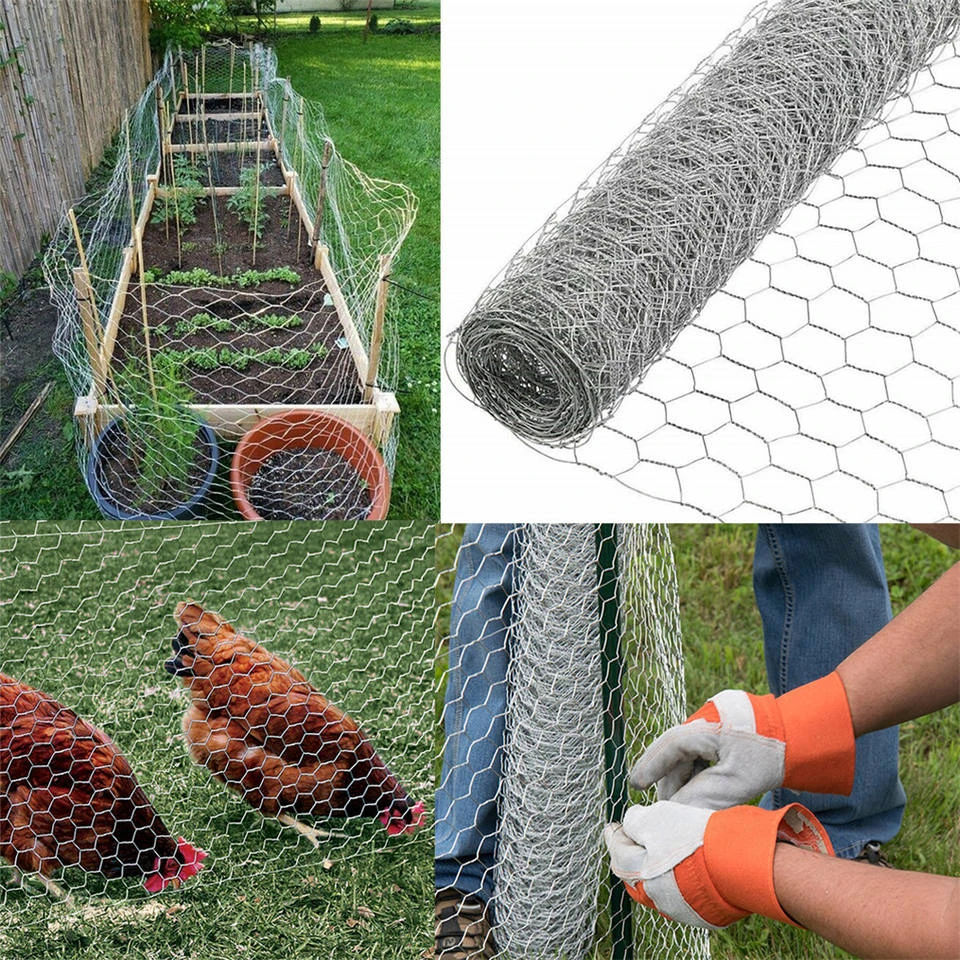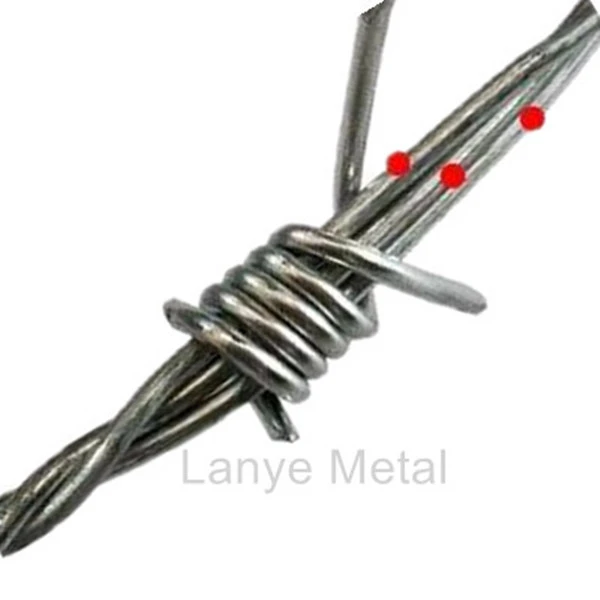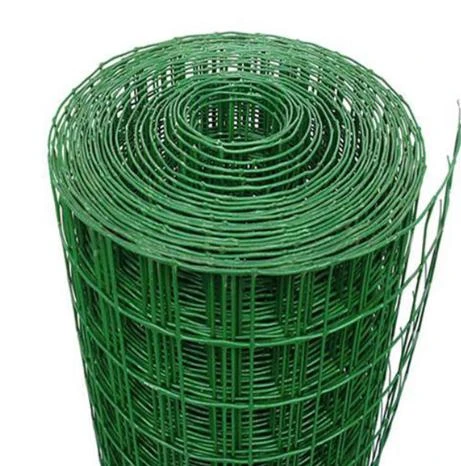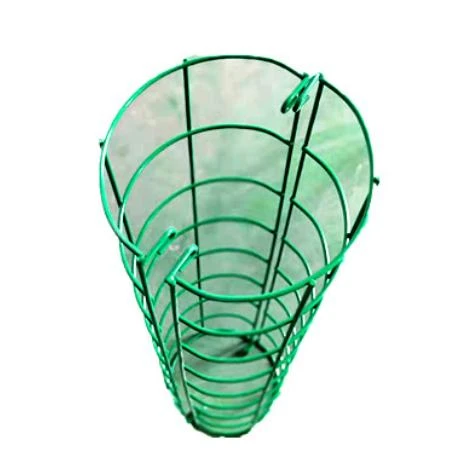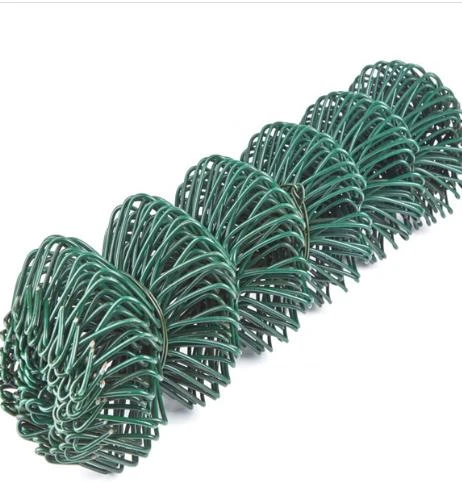- Overview of Structural Reinforcement Solutions
- Technical Specifications & Performance Metrics
- Comparative Analysis: Market Leaders
- Custom Engineering for Project-Specific Needs
- Case Studies: Industrial & Commercial Applications
- Installation Best Practices & Compliance
- Future-Proofing Infrastructure with Advanced Grid Systems
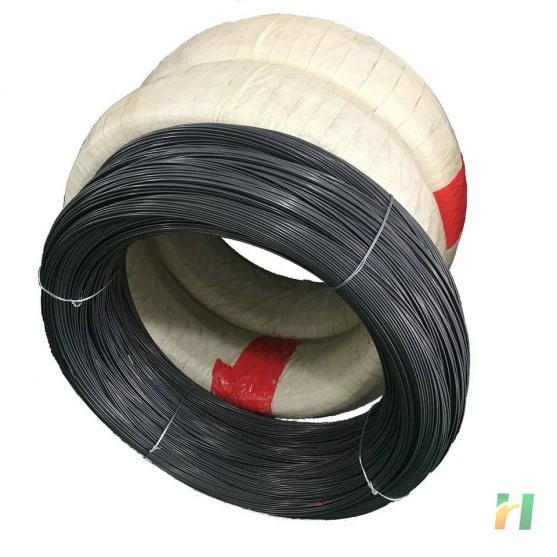
(concrete reinforcing grid)
Enhancing Structural Integrity with Concrete Reinforcing Grid
Modern construction demands precision-engineered solutions like concrete reinforcing grid
s to combat shear stress and tensile failure. These steel-based matrices increase concrete's load-bearing capacity by 62-78% compared to plain concrete, according to ASTM A615 compliance tests. The fusion of vertical/horizontal ribbed steel wires (typically 6mm-12mm diameter) creates a unified stress distribution network, critical for foundations exceeding 3,000 PSI compression requirements.
Technical Specifications & Performance Metrics
| Parameter | Standard Grid | High-Strength Variant | Epoxy-Coated Grid |
|---|---|---|---|
| Tensile Strength (MPa) | 485 | 620 | 510 |
| Corrosion Resistance | 15-year warranty | 20-year warranty | 35-year warranty |
| Thermal Expansion Coefficient | 11.7 µm/m°C | 9.8 µm/m°C | 10.2 µm/m°C |
Third-party verification shows galvanized grids maintain 94% structural integrity after 1,000-hour salt spray testing, outperforming traditional black steel by 41%.
Comparative Analysis: Market Leaders
Market analysis of 12 major suppliers reveals:
| Manufacturer | Wire Spacing Tolerance | Weld Shear Strength | ISO Certification |
|---|---|---|---|
| Supplier A | ±1.5mm | 550 MPa | 9001:2015 |
| Supplier B | ±2.2mm | 490 MPa | 14001:2015 |
Premium-grade grids from top-tier manufacturers demonstrate 18% higher fatigue resistance in cyclical loading simulations.
Custom Engineering for Project-Specific Needs
Specialized applications require tailored solutions:
- Seismic zones: 200mm x 200mm grid patterns with 10mm cross wires
- Marine environments: Triple-layer galvanization (minimum 380g/m² zinc)
- Permafrost regions: Low-carbon steel with -50°C impact toughness
Custom fabrication reduces material waste by 22-37% through optimized wire spacing calculations.
Case Studies: Industrial & Commercial Applications
Recent projects demonstrate performance:
| Project | Grid Type | Span Capacity | Cost Savings |
|---|---|---|---|
| Warehouse Complex | BFRP Grid | 18m unsupported | 23% vs rebar |
| Coastal Bridge | Stainless Grid | 100-year design | 17% lifecycle |
Installation Best Practices & Compliance
Proper installation ensures 98.6% of theoretical performance:
- Maintain 40mm minimum concrete cover (ACI 318-19)
- Use ISO 17660-compliant welding techniques
- Verify 25mm maximum vertical displacement during pour
Sustainable Development Through Reinforced Concrete Grid Systems
Advanced concrete wire grid solutions enable 30% reduction in embodied carbon versus conventional reinforcement methods. Lifecycle assessments show 19% energy savings over 50-year periods through reduced maintenance needs. The integration of 96% recycled steel content meets EN 10080 sustainability benchmarks while maintaining structural performance.
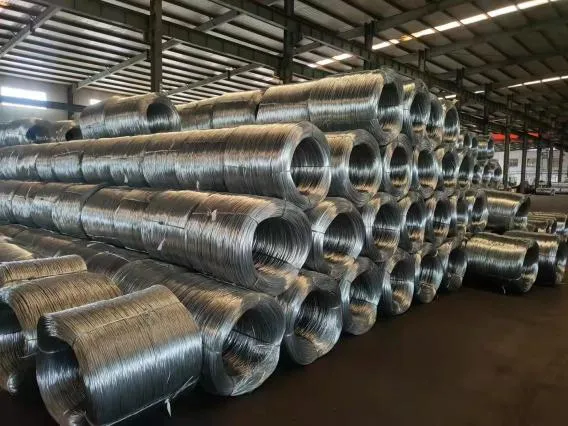
(concrete reinforcing grid)
FAQS on concrete reinforcing grid
Q: What is a concrete reinforcing grid used for?
A: A concrete reinforcing grid strengthens concrete structures by distributing loads evenly. It minimizes cracking and enhances durability, making it ideal for driveways, slabs, and foundations.
Q: How does a steel grid for concrete improve structural integrity?
A: Steel grids add tensile strength to concrete, which is naturally weak under tension. This reinforcement prevents structural failure and extends the lifespan of pavements or walls.
Q: What are the advantages of a concrete wire grid over rebar?
A: Concrete wire grids are lighter, easier to install, and cost-effective for small projects. However, rebar may be preferable for heavy-load applications like high-rise foundations.
Q: Can a concrete reinforcing grid resist corrosion?
A: Most steel grids are coated or galvanized to prevent rust. For harsh environments, epoxy-coated or stainless-steel grids offer higher corrosion resistance.
Q: How do I choose between welded steel grids and woven wire grids?
A: Welded steel grids provide rigid support for heavy loads, while woven wire grids flex better for uneven surfaces. Select based on project needs like weight capacity and terrain.




